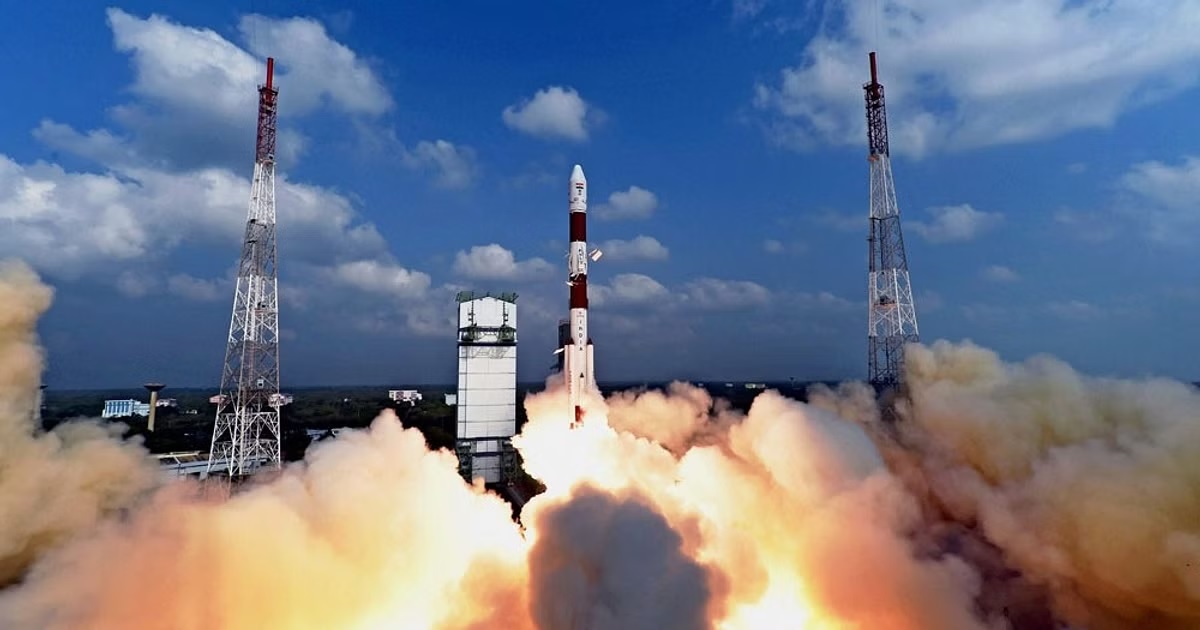BEIJING, (Reuters) – A Chinese state-owned enterprise today successfully placed 18 satellites into orbit, state broadcaster CCTV reported, as China seeks to create its own version of U.S. firm SpaceX’s Starlink network.
The launch of the low Earth orbit (LEO) satellites by Shanghai Spacecom Satellite Technology (SSST) took place at Taiyuan Satellite Launch Centre in the northern Shanxi province.
The satellites were carried aboard a Long March 6 rocket and represent the first batch in SSST’s “Thousand Sails Constellation” plan, CCTV reported.
The state-backed plan is one of China’s answers to Starlink, SpaceX’s growing commercial broadband constellation that has about 5,500 LEO satellites in space to provide near-global internet to consumers, companies and government agencies.
Starlink is a subsidiary of U.S. entrepreneur Elon Musk’s SpaceX space company.
LEO satellites usually operate at altitudes of 300km to 2,000km from the Earth’s surface and have the advantage of being cheaper and providing more efficient transmission than satellites at higher orbits.
Control over the satellites that occupy these altitudes has significant military implications.
Since 2022, when the Ukraine war demonstrated the importance of Starlink to battlefield communications, media affiliated with the People’s Liberation Army (PLA) have published several editorials about the threat Starlink poses to China’s interests.
These editorials have described Starlink and SpaceX as part of the “space hegemony” the United States is trying to create in space, giving it a “unilateral space military advantage”.
The state-backed plan is one of China’s answers to Starlink, SpaceX’s growing commercial broadband constellation that has about 5,500 LEO satellites in space to provide near-global internet to consumers, companies and government agencies. (PTI image)







